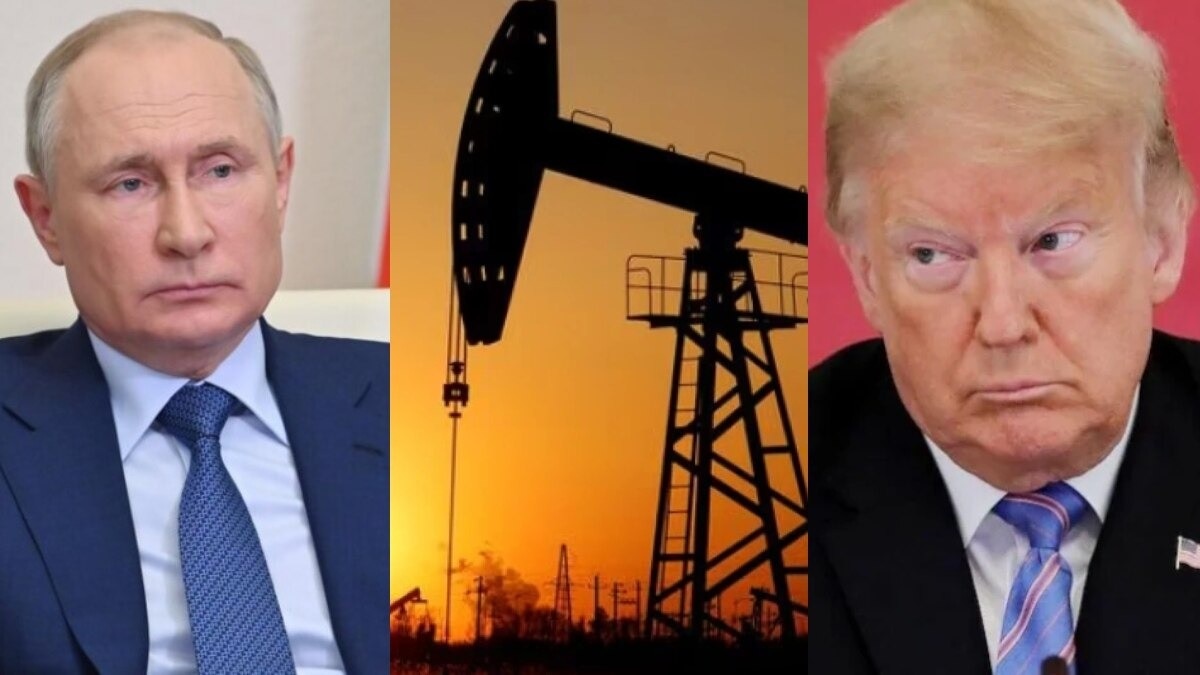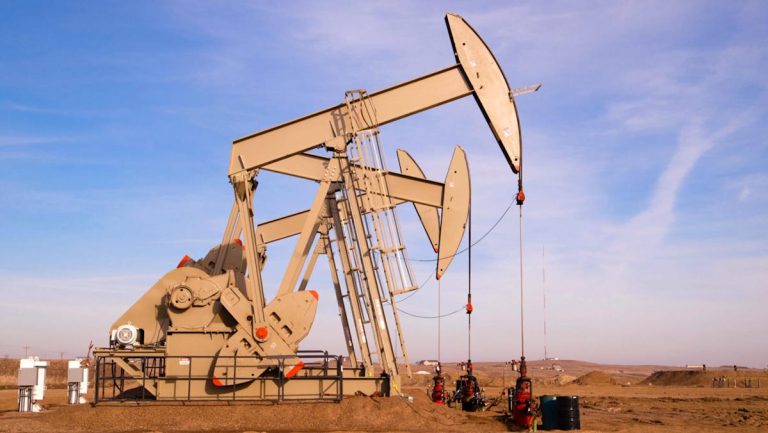Brent crude oil is projected to touch $80–82 per barrel by year-end, with analysts warning of fresh volatility as US President Donald Trump threatens sweeping sanctions on Russia—risks that could ripple across global markets and push prices to triple digits.
Oil market analysts told ANI that escalating geopolitical tension, especially Trump’s ultimatum to Russia over the Ukraine war, may deliver a supply shock with long-term consequences. NS Ramaswamy, Head of Commodities & CRM at Ventura, said Brent (Oct’25) has a short-term target of $76, with potential to hit $82 by end-2025, barring a steep drop below the $69 support level. WTI crude (Sep’25) is also forecast to rise from $69.65 to $76–79.
The market concern stems from Trump’s announcement of new sanctions and 100% secondary tariffs on countries continuing trade with Russia—measures that would directly affect major buyers of Russian crude.
Narendra Taneja, a senior energy analyst, warned that “Russia exports 5 million barrels per day into the global system. If that flow is disrupted, crude could spike to $100–120 per barrel.” He said India wouldn’t face supply shortages—thanks to sourcing from over 40 countries—but consumer prices would rise.
India’s refineries remain dependent on discounted Russian barrels, which have helped balance domestic inflation since 2022. If forced to pivot rapidly, they would need to pay a premium on alternate supplies, or face higher tariffs in export markets.
The global market is also constrained by limited spare production capacity. Even with OPEC+ or Saudi Arabia stepping in, delays are likely. A sustained price spike could follow through 2026, experts say.
Despite President Trump’s stated goal of bringing oil prices down, any rise in US output faces time and resource hurdles. Infrastructure, labor shortages, and capital costs will delay relief.
The US-EU trade deal and the US-China truce have added some stability, but analysts remain cautious. Inventory levels and the US Federal Reserve’s upcoming rate decision are also being watched closely, with a stronger dollar adding pressure to oil prices.




![Why are England players and fans wearing white headbands on Day 2 of ENG vs IND 2025 5th Test? [In Pictures]](https://joelgalvan.site/wp-content/uploads/2025/08/11ea9-17540442452664-1920-768x512.jpg)


